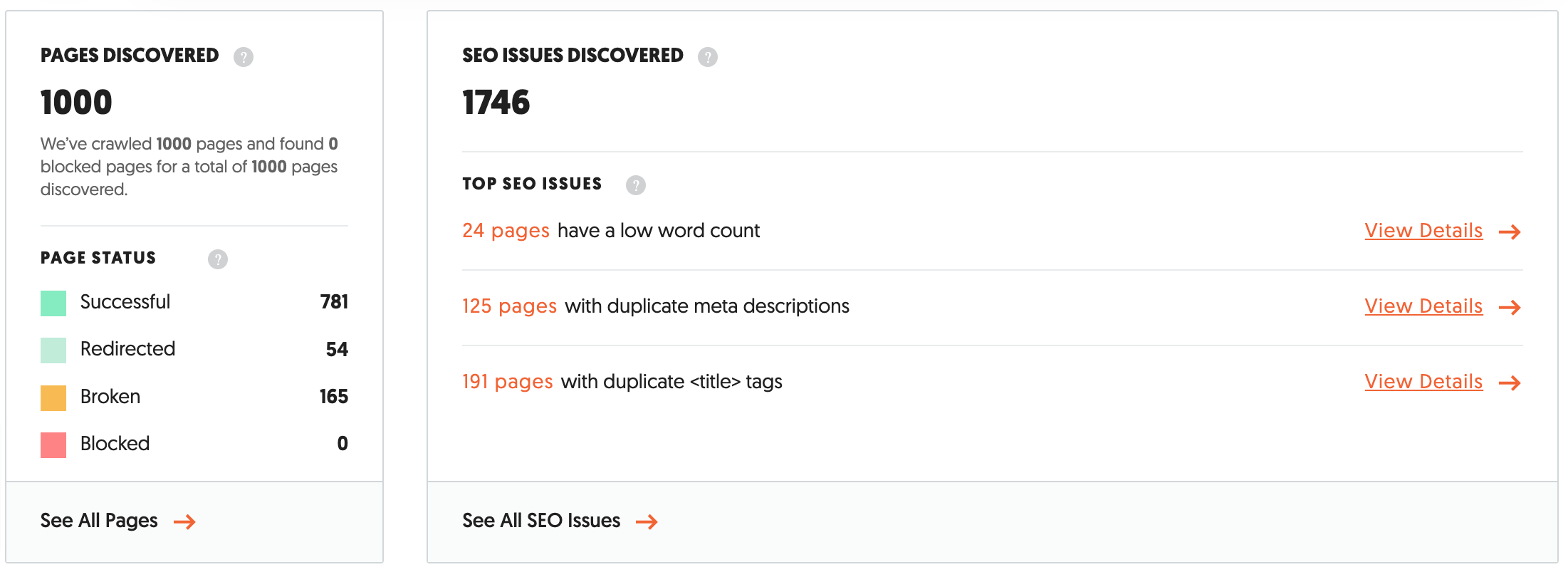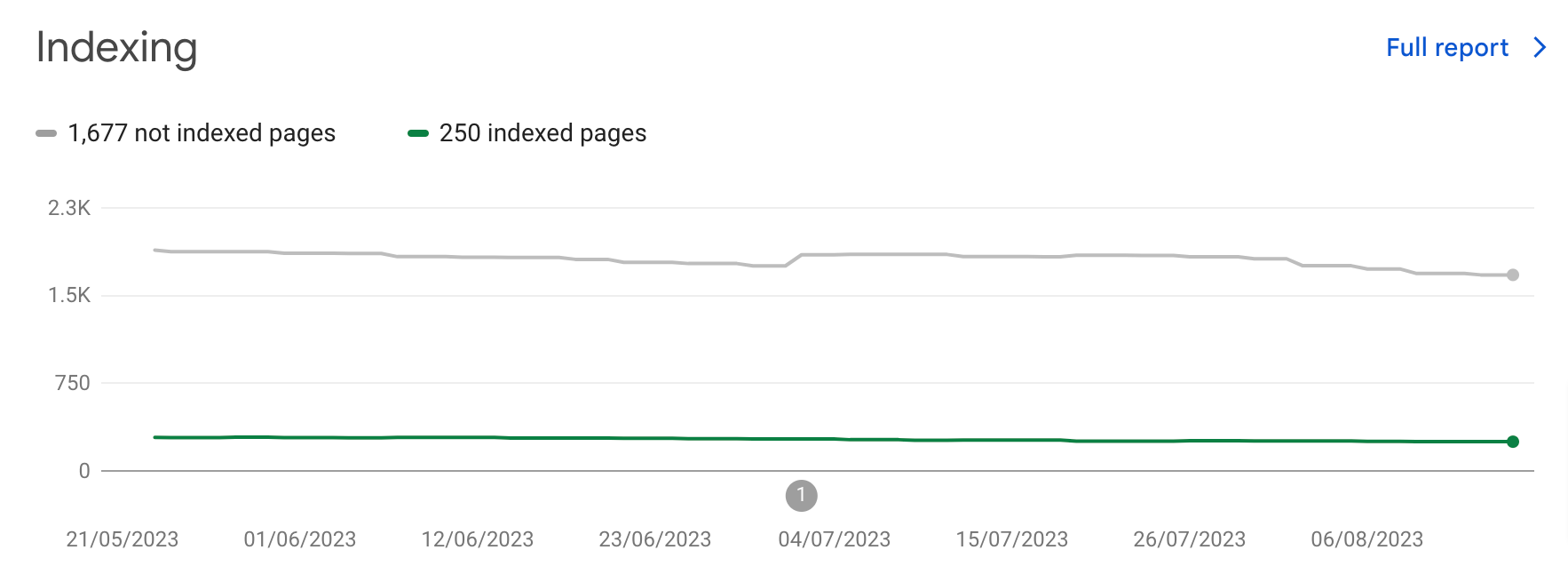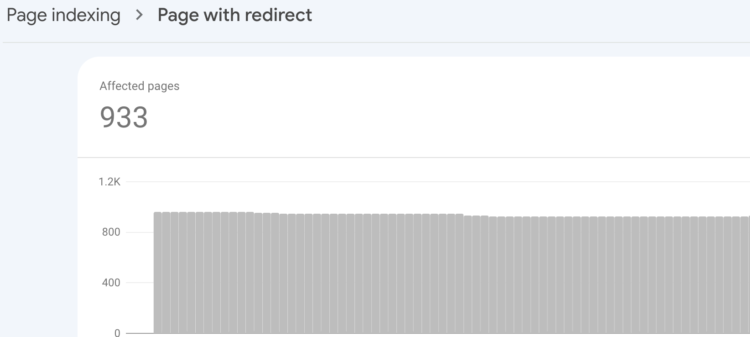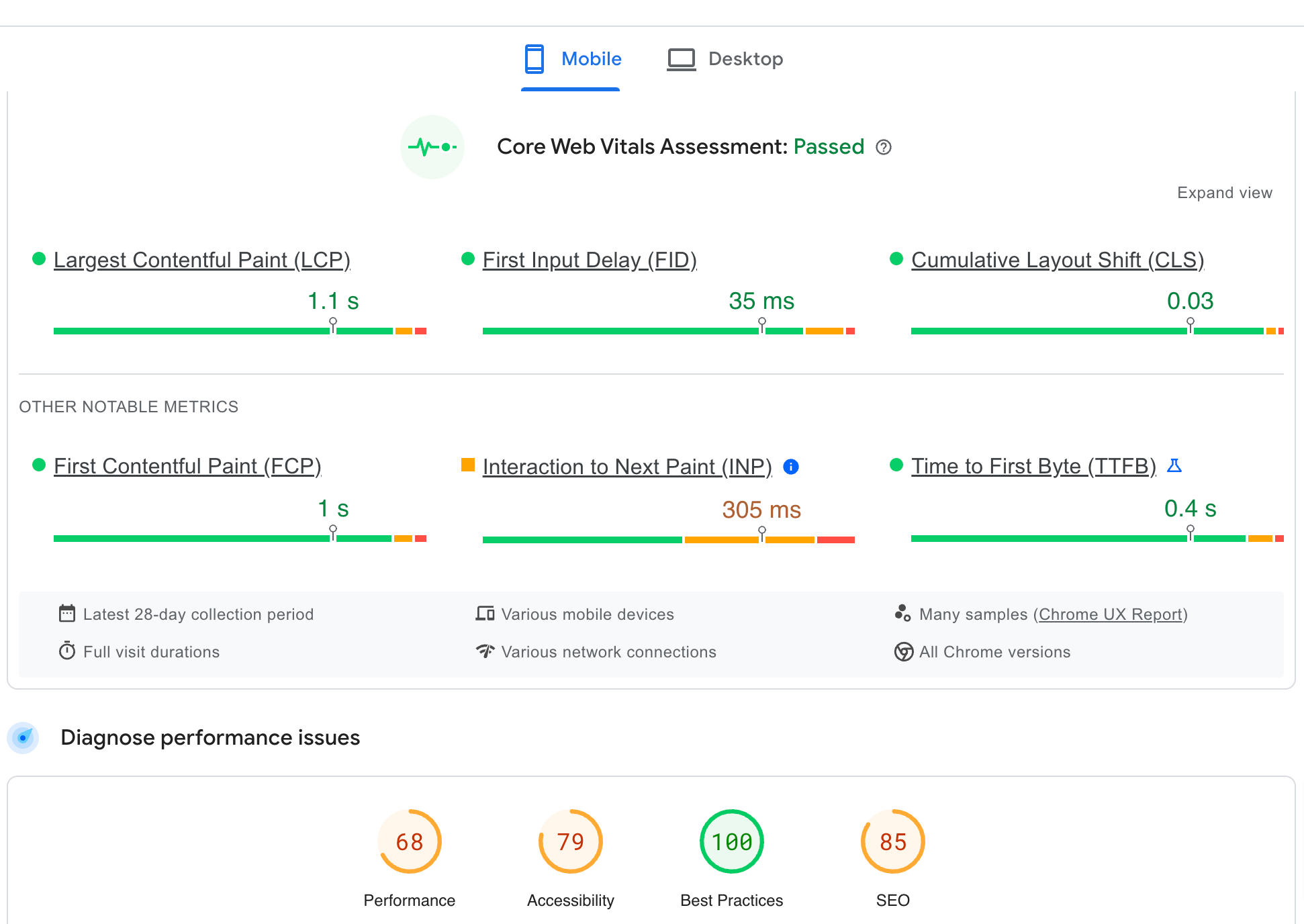How to Conduct a WordPress Website Audit – A Complete Guide

WordPress websites like any other websites need to be audited to find out areas of improvement and enhance their online presence. Almost all websites encounter errors, even the most formidable ones. Roadblocks can arise in different forms, whether its user interface issues or the technical URL issue and identifying to solve them is a challenge. This is exactly where WordPress website audit comes into play.
A site audit helps you find out what issues your website is facing. Although many tools exist online that can tell a lot about the website like broken links, site errors, missing pages, slow speed, and a lot more, they don’t show the whole picture.
That is why it is important to audit your website with and without the help of tools to see how your website is performing and what are the places for improvement.
In this article, we will provide a complete site audit checklist so that you can audit your website in detail and find any issues that are causing issues in profit generation.
Let’s see the complete checklist for site auditing below without further delay.
A WordPress website audit encompasses multiple factors including security, design, optimisations, performance, and site analytics.
Table of Contents
- Why WordPress website audit?
- 5-Step WordPress Website Audit Guide
- Website Security Scans
- Check Website Performance
- Check Website Content
- UI/UX Checks
You have to check all of them to ensure that your site is properly optimized, secured, and ready for growth.
Why WordPress website audit?
A WordPress website audit is a routine health checkup for your website. This audit includes comprehensive checks of all the factors that impact your site’s functionality, user experience, and search engine performance.
Improving on the areas identified by website audit helps your website become more prominent in serving its purpose. It does not matter if you are looking to get more sales, increase conversions, improve your search rankings or enhance your user experience, auditing your website is the answer.
Enhanced Search Engine Visibility
Addressing technical issues sets the right starting position for your website and by optimising on-page elements, you can improve your website’s rankings on search engine results pages.
Improved User Engagement
WordPress website audit can help you identify issues and improvements in your website. You can then work on these to keep visitors engaged, reduce bounce rates and increase the likelihood of conversions.
Optimal Performance
Another area a site audit looks into is its performance. Website performance should be optimal and create a seamless experience for users.
Long-Term Growth
Regular audits ensure your website remains aligned with the updates, industry trends and best practices. Outdated websites do not serve their purpose well and can be a hindrance to your business growth. Website audit should be a part of your long-term strategy.
5-Step WordPress Website Audit Guide
Let’s go through the complete WordPress site audit checklist in detail and see how it can help you grow your business.
Website SEO Analysis
First and foremost, is your website getting indexed in search engines? Most of the time, websites have no-follow pages on them and they are not ranking on search engines. This means that visitors from search engines won’t get to them. The Website SEO analysis is done for the same reason.

Is Website Indexed
First, make sure that your website has a sitemap. You can use tools like Yoast, All in One SEO tool, and various others to ensure that your website is properly indexed in search engines.

Use the Google search console to check if the sitemap is properly indexed.
Is the Website Getting Traffic
If the website receives traffic from search engines, then it should receive some traffic. You can check the number of keywords your website is ranking for in search engines with the Google search console.
Struggling to get organic search traffic? We offer Sprint-based SEO services in Sydney.

Does Website Have Site Errors
Finally, check for the number of site indexing errors. If your website has many no-follow pages or pages that are not available in the sitemap, then the search console will show errors.
Similarly, if you have added a site schema on your website and most of the schema pages are not properly made, then the search console will show errors on the site.

You can check for these errors in Search Console > Coverage.
Website Security Scans
Next, find out how secure your WordPress website is. If your website is properly secure, it should have 2FA enabled, site backups, CDN, and SSL security.
Does it Have 2FA?
So, check if your website has Two-Factor Authentication (2FA) enabled. The 2FA authentication won’t allow anyone to access your WordPress admin panel. You should also have the IP whitelisting option enabled so that only one or two IPs can access your admin panel. This will ensure that no one can access the site’s backend.
Does the Website Have SSL?
Similarly, your website should have SSL security enabled. SSL security ensures that no third party can get access to the data being passed between your client’s browser and your server. It keeps financial transactions secure.
Does it have a CDN?
CDNs help with the content reach of the websites. If you are on a CDN, your site’s performance automatically increases. CDNs also help evade DDoS attacks. If your server is getting attacked by multiple bots from a single location, CDNs can divert the hits away from your website.
Does it have automated backups?
Finally, make sure that your WordPress website has automated backups enabled. If your website doesn’t have automated backups enabled then it will directly impact the site safety in case someone gets illegitimate access to the site. So, make sure that your website has usable backups.
Related read: A Complete Guide to WordPress Maintenance
Check Website Performance
Next, make sure that your website is optimised for performance. If your website is slow, it will automatically decrease site visitor count which will eventually impact your site profit.
Is the Website Fast
Check your website performance with GTMetrix and Pingdom site performance tools. Your website should have less than 3 seconds of load time. If it has more load time, follow the recommendations offered by these tools.

Read more on how to optimise your website for a maximum score in Google PageSpeed Score Test.
How Many Steps to Checkout
How many steps does it take a person from visiting the website to ordering a product on the checkout page? It should not be more than 5 steps. Make sure that you create a proper funnel. An example would be:
A visitor enters from Search > Product Page > Add to Cart > Check Out > Order Confirmed
How many touchpoints exist
Similarly, your website should have multiple touchpoints available and you should measure each one of them. Touchpoints are the places that the visitor can take to reach your website.

They can be blogs, landing pages, ad clicks, coupon codes, and even a press release page of your website.
Check Website Content
Your website should have epic content. What do we mean by epic? Content that keeps the readers hooked and turns them into customers. This means that your content should resonate with the products that you are selling.
If you are a cloud hosting website, your content should be around shared, VPS, and cloud hosting infrastructure. Because only then will people buy the products that you are selling.
Is Content Optimised for SEO
Make sure that your content is properly optimised for search engines. It should have proper keyword density and prominence. It should be written after a proper gap analysis of competitors and target market.
Is Content Written Properly
Is your content written poorly? Use Grammarly to find out if your content even makes sense. Use Seo Surfer or SemRush Content Analysis tool to find out if your content is properly written for search engines. These tools can help you create meaningful content with proper SEO metrics in place.
>>> Get Experts to Do Complete WordPress Site Audit. Discuss Your Project at Length. Book a Call Today
UI/UX Checks
Finally, make sure that your website design is properly made. It should tell about the type of platform/service your website is. If you have created an agency website, then the most obvious places should have services CTAs. If it is a platform, it should tell you about the benefits of signing up.
Examples in front of you are Product Hunt (Platform), and Nirmal.com.au (agency).
What is the Conversion Rate
Make sure that the conversion rate of your website is more than 5%. If it is not, find out ways that can help you improve your conversion rate. Some ways to increase the conversion rate on your website include A/B testing, adding more CTAs in prominent places, improving site performance, and creating relevant and meaningful content.
Are Users Filling Forms
You should also check if there are any issues with the forms on the website. Test all website forms and see if they take the users to the target CRM lists. You can easily check that by using testing email accounts. Create proper workflows for all forms that you have created for your users.
Snapshot of WordPress Website Audit
Understanding Website Goals and Business
The first step to starting a website audit is to understand the website and business goals, including how they are interrelated. This simplifies the scope of the audit process and identifies what is to be prioritised for the audit.
Technical Analysis
Technical analysis is a rundown of all the technical checks including checking for broken links, URLs, image optimisations, server issues, responsiveness and many more. You can take the help of tools like broken links checkers, Screaming Frog and SEO tools to identify and fix these issues.
SEO Analysis
SEO Analysis in website audit includes a check of all the on-page SEO elements including meta titles, meta descriptions, header tags, and keyword placement. This helps to structure content and make the web page’s intent clear.
Content Assessment
Content is what brings your visitors to your website. Content can be in any form but mostly its text and images. Make sure your content serves its purpose to the website visitors, is engaging and resonates with your audience.
User Experience
User experience is one of the most important aspects of your website. Create a seamless user experience and keep your visitors engaged. You can use different analytics tools like Google Analytics or even Hotjar to track your user behaviour. This helps to find out the areas in which you need to improve.
Bottom-line
The WordPress website audit is an endless process. You will have to repeat it again and again until you are near perfection. Remember that your audit process can’t help you improve your website. You will need to audit and find issues that you can improve SEO rankings and then improve regularly.
We recommend that you repeat the website audit process every quarter to make sure that your website is working properly and that visitors are going through the funnels you have set up for them.
If you need help with a WordPress site health audit, our development experts can help you do that. Our experts not only create site audits but also help with site improvements through performance optimisations, site customisations, design improvements, and a lot more.
>>> Get in touch to discuss your Custom Website Development Project today
